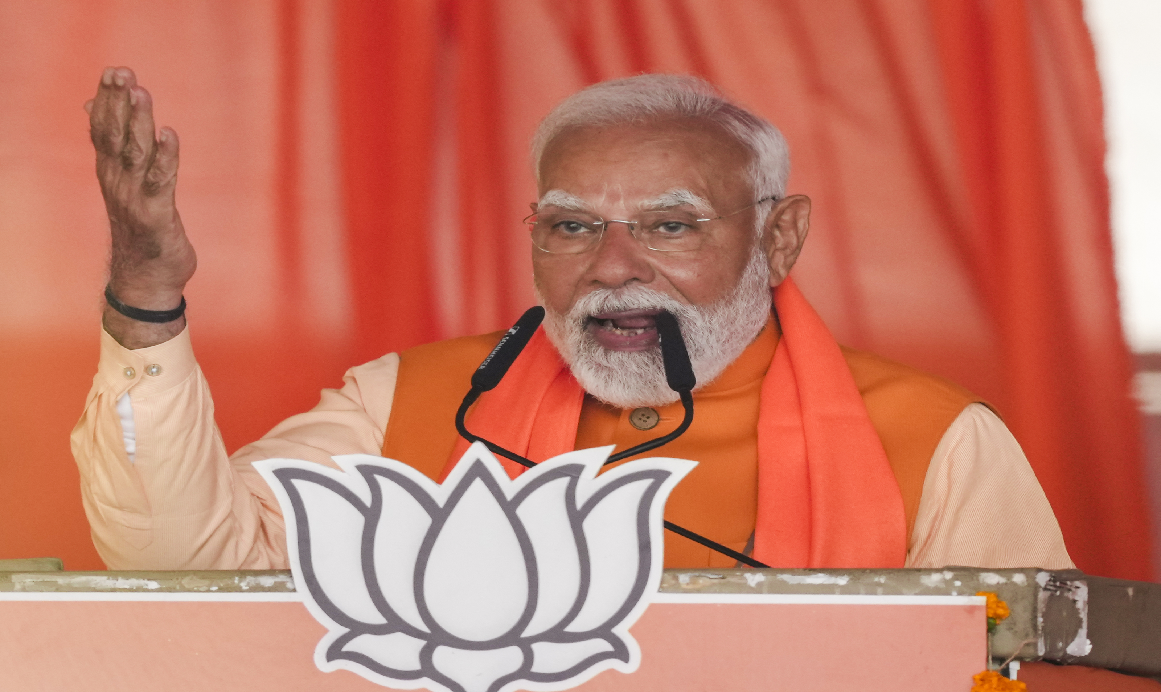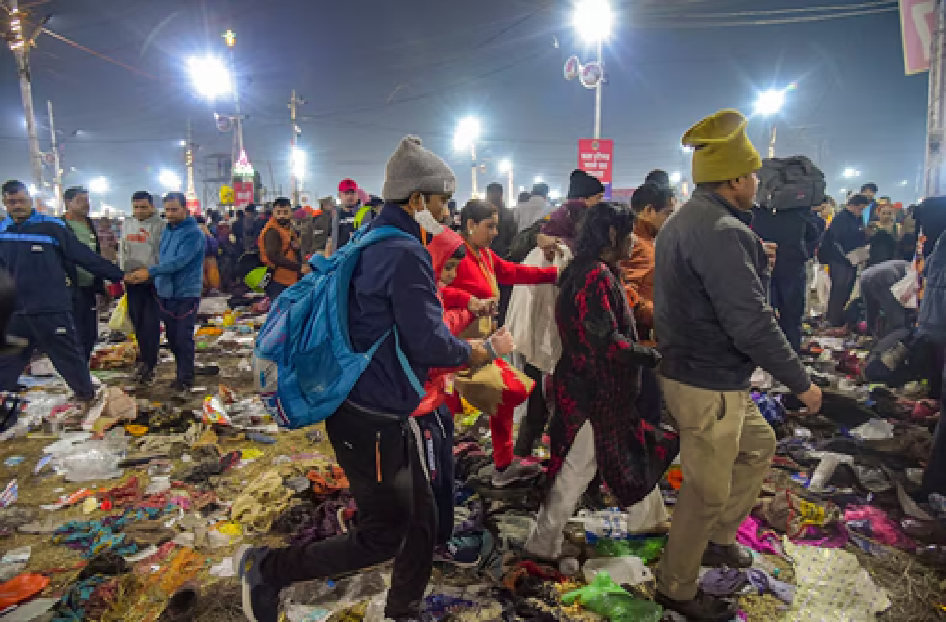
China’s COVID crisis and the dilemma facing its leaders
Beijing (The Conversation): More than two years after a deadly strain of coronavirus was first identified in the central city of Wuhan, China remains locked in a COVID crisis. Around 400 million people are currently thought to be living under some form of lockdown across the country. One of China’s largest cities, Shanghai, has been paralysed for the past month, with many of its residents hemmed in by hastily erected metal fences. The capital, Beijing, is now striving to avoid a similar fate.
The extraordinary story of China’s ongoing, and increasingly desperate, struggle against COVID-19 combines hubris at its own early public health successes with a failure to sufficiently vaccinate its elderly people, and is fuelled by rising anti-Western sentiment over the last five years. The result is that China now faces a dilemma: either the high numbers of deaths and overwhelmed health services that would result from a rampant virus, or the rapidly mounting social and economic costs of prolonged lockdowns and stay-at-home orders nationwide.
But resolving China’s COVID dilemma and finding a route out of the pandemic is complicated by the difficulties of challenging a “zero-COVID” strategy so closely associated with China’s top leader, Xi Jinping. Xi is due to be re-appointed for a controversial third term as General Secretary of the Chinese Communist Party at its five-yearly Congress in the autumn. He will not want a rampant virus and high death rates to tarnish his reputation and undermine his, and the Party’s, claims that they have handled the pandemic better than other countries.
How did China get to this point? And what can it do to resolve a crisis that threatens not just the health and security of its people, but of the world’s largest economy – and those of the many countries that rely on its vast supply chains. At the University of Glasgow’s Scottish Centre for China Research, we have been tracking the rollercoaster evolution of the Chinese government’s COVID strategy, and the impacts of its containment measures, since news of the virus first reached us in early 2020. Combining on-the-ground reports from researchers with reviews of policy documents and social media outpourings, this is our analysis of China’s COVID crisis – present, past and future.
“Every day I wake up to find it is the first day of the 14-day cycle.” This is the title of a Wechat blogpost (now deleted) by Wei Zhou, a well-known reporter, columnist and long-term resident of Shanghai. The city he shares with more than 26 million people has been under a strict COVID lockdown for more than a month now. Wei Zhou’s title refers to the regulation that states a residential compound’s 14-day lockdown period must reset to zero every time someone new tests positive. As a result, residents find themselves in a world of Kafka-esque absurdity, potentially subject to the ire of their neighbours if they test positive, unsure about what happens next.
But just as Shanghai residents may now regard every day as Groundhog Day, the Communist Party leadership might also be wondering how China can escape this pandemic – and the dilemma it has created. More than two years after the first COVID lockdown in Wuhan, China is again struggling to contain the spread of the latest variant, omicron.
In a desperate attempt to avoid the socioeconomic chaos and political damage seen in Shanghai, China’s capital Beijing began eight rounds of mass testing in early May following an outbreak of cases. It has re-opened a mass isolation centre, forbidden dining in all restaurants, and closed kindergartens, schools and colleges until at least May 11. The situation is fast-changing: all 6.6 million residents of Chaoyang and Haidian districts have just been told to follow stay-at-home orders, three metro lines have been suspended and six others partially closed.
Meanwhile in Shanghai, whose streets remain hauntingly empty despite falling infection rates, the future is unclear. Since cases began to appear in early March, residents have experienced a series of measures that demonstrate the authorities’ still-evolving approach to dealing with outbreaks. After first sealing off Shanghai, cutting transport links in and out, they rolled out mass testing across the entire population, dividing the city into two halves and preventing movement in between. They then introduced three-zone prevention and control measures that divided the city into “sealed control zones” subject to stay-at-home orders, “managed control zones” allowing people limited local mobility, and “precautionary zones” with (supposedly) fewer restrictions.
In theory, this approach would avoid a city-wide lockdown through highly localised measures. In practice, it has done the opposite be
 English daily published in Bengaluru & Doha
English daily published in Bengaluru & Doha






